What Tech Is a Must Have for Those Who WFH

Working from home may present many challenges, but you can respond to most of them with a properly organized and equipped workspace. While a comfortable chair and a spacious desk go without saying, it’s the tech equipment that can make or break a work-from-home setup.
Key pieces of tech can help you properly concentrate and streamline your workload, thus boosting your productivity. Additionally, the right tools can turn your home office into a professional workspace where you never have to fear an important meeting going poorly.
Whether you’re working remotely or freelancing, here’s the must-have tech equipment for working from home.
A Stable Internet Connection
An unreliable internet connection is one of the most common tech issues for those working from home. Since most WFH jobs rely heavily on the internet, this may bring your workday to a halt.
Most businesses boast fast broadband internet connections that are difficult to replicate at home. However, a mesh Wi-Fi system can blanket your entire home with a strong Wi-Fi connection. This way, your Internet connection will be strong, even if your WFH setup isn’t in the room containing the modem.
This is made possible by several “satellite” modules placed throughout your house. All these access points are a part of the same wireless network, thus sharing the same SSID and password.
What’s also great is that the modules are typically tastefully designed, meaning you can place them anywhere without interfering with your home décor. Therefore, the whole-house coverage doesn’t come at the cost of bulky and unsightly equipment.
Even if you don’t opt for a mesh system, having a powerful Wi-Fi router is essential. This way, you can seamlessly connect multiple devices to the internet without worrying about a spotty connection.
Of course, not even the fastest router can make up for a slow connection. So, if you’re experiencing issues with your connection, it might be best to contact your internet service provider and consider upgrading your plan.

A Reliable Computer
A computer is arguably the focal piece for people working from home. While your job requirements will dictate the precise computer specs, most work-from-home computers should have:
- A powerful CPU
- Sufficient RAM
- Plenty of storage space
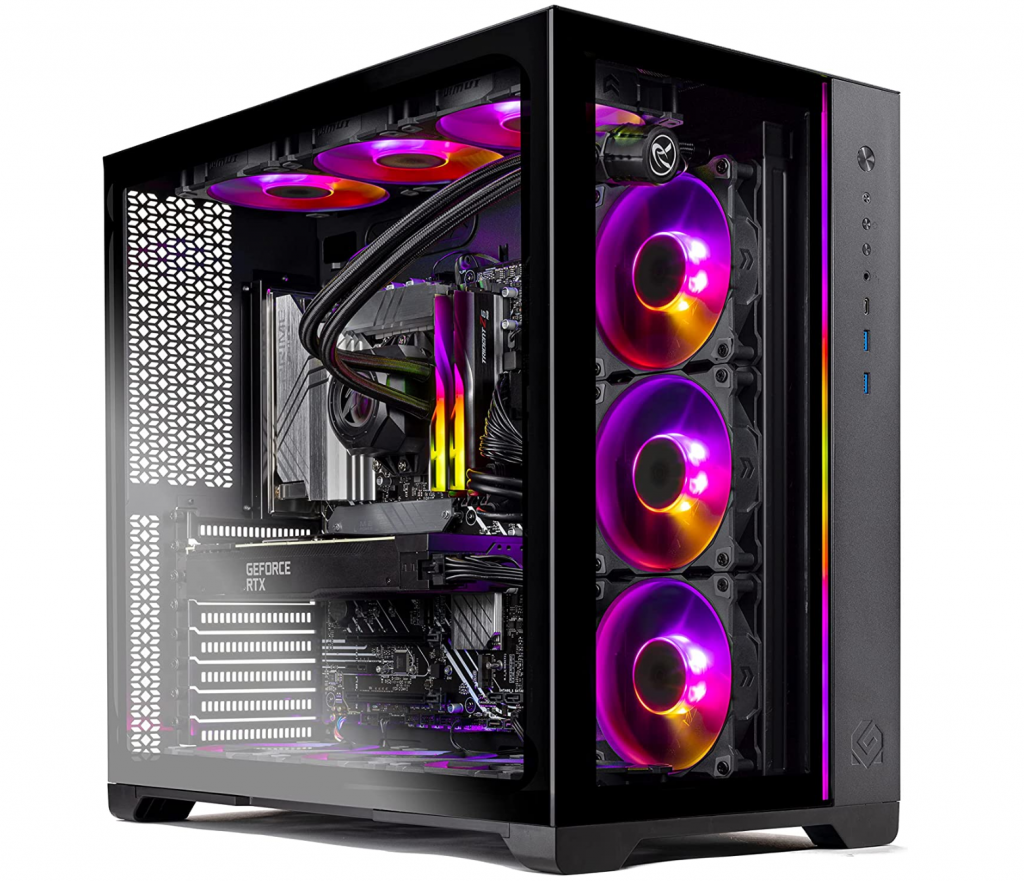
If you’re not tied down to your home office by constant phone and video calls, you might consider purchasing a laptop instead. This can give you a chance to work from a local coffee shop, which can be a much-needed breath of fresh air and a change of scenery.
When looking for an adequate WFH laptop, pay special attention to its battery life. You should aim for at least six hours of uptime, which gives you enough time to get significant work done without rushing to an electrical outlet.
Most importantly, ensure that the laptop can handle your workload. While most laptops will do just fine with a regular load, some careers might require a heavy-duty business laptop.
A High-Resolution External Monitor
Most people working from home spend a large portion of their workday staring at a screen. So, it’s vital to make sure the screen is big enough and easy on the eyes.
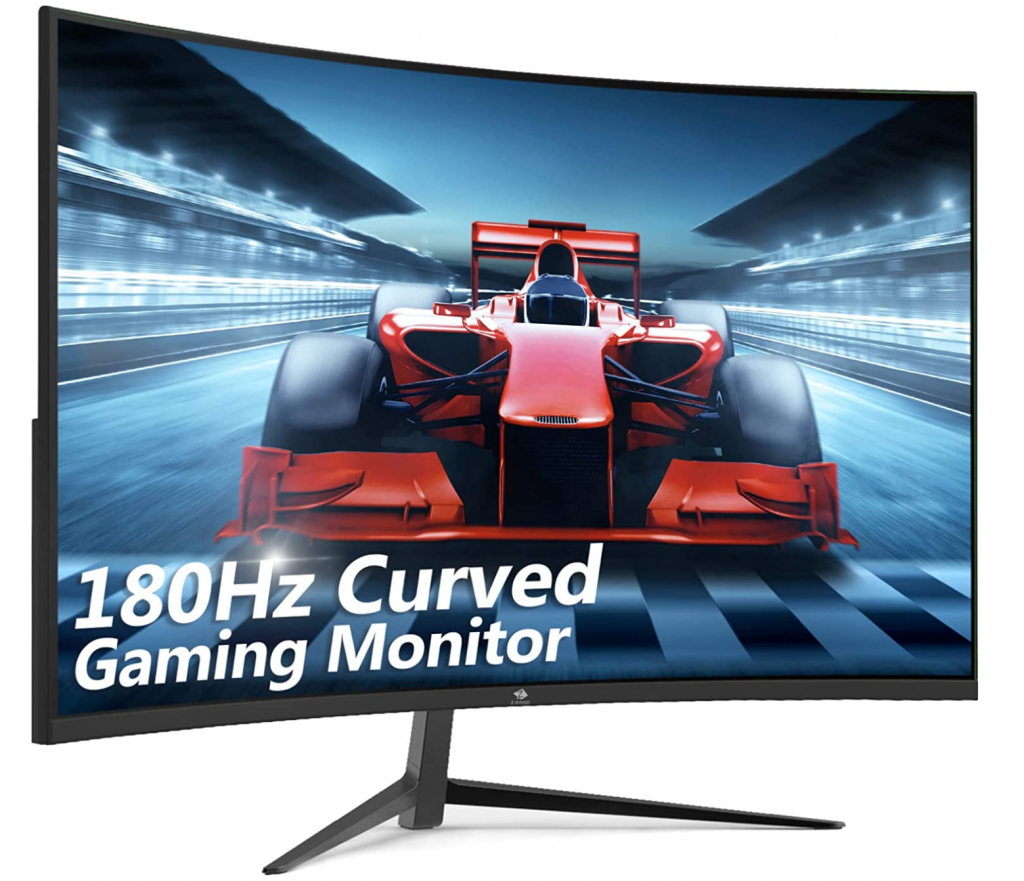
Investing in an external monitor expands your digital workspace considerably. You can opt for a dual or an ultra-wide monitor type to ensure there’s enough space on the screen for all your applications. As a result, there won’t be any windows overlapping, causing you to waste time looking for the right one and feel overwhelmed. Also, you don’t have to flip back and forth between different documents, making multitasking a breeze.
Of course, you should ensure the display has a high resolution, so images, videos, and text will look as clear as possible.
If you’re having trouble positioning your monitor, consider purchasing a separate monitor mount. This way, you’ll have complete control over the monitor, allowing you to avoid hunching over or standing in an uncomfortable position.
A Well-Designed Keyboard
An adequate keyboard can go a long way toward enhancing your efficiency when working from home. But more importantly, it can help protect your hands, wrists, and forearms.
If you’re bound to your home and desk while working, you should consider getting an ergonomic keyboard. They require a bit of a learning curve, but your efforts will eventually pay off. Investing in an ergonomic keyboard is investing in both your technical equipment and your health.
Ergonomic keyboards are designed to reduce the risk of repetitive stress injuries. These injuries are more than likely to happen when you spend five days a week making the same motion repeatedly.
Most ergonomic keyboards are designed to allow you to approach the keys from a more natural angle. This may involve splitting the keyboard into two halves, making the center higher, or rotating the keys to make them point down or sideways.

A good keyboard will also have a well-cushioned wrist rest. Thanks to this feature, you can maintain a comfortable position for a prolonged period.
Cables are another aspect to consider when it comes to the perfect WFH keyboard. Cable clutter can be one of the most annoying distractions when working from home, especially with a smaller office setup.
Wireless equipment is crucial for reducing the number of cables lying around, and a keyboard is no different. Apart from avoiding clutter, a wireless keyboard is also more flexible than its wired counterpart. You can move it around your desk or transfer it to another position altogether.
Another helpful keyboard feature is the ability to pair it with multiple devices. This can especially come in handy if you’re working in a hybrid working environment, constantly switching between your work and home office.
Even if you work exclusively from home, a keyboard supporting multiple devices allows you to seamlessly switch between the devices, such as your computer, tablet, or phone.
An Ergonomic Mouse
There are plenty of factors to consider when looking for the best mouse for your work-from-home setup. Regardless of how tiny this tool is, it can significantly impact your quality of life and work. Therefore, its ergonomics are undoubtedly essential for your comfort and health.
An ergonomic mouse is designed to allow a more natural position of your hands, wrists, elbows, and arms. As a result, it reduces fatigue and the risk of developing common conditions associated with working from home, like carpal tunnel and repetitive stress injuries.
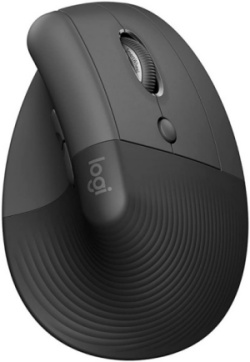
You should also choose a mouse tailored to your specific job description. For example, if you work with a lot of spreadsheets and documents, the quality of the mouse’s scroll wheel might be a deciding factor.
If you want to avoid or reduce cable clutter, consider purchasing a wireless mouse. Not only does it reduce clutter, but it’s also far more convenient to use. You can move it around freely or carry it with you when changing locations.
In that sense, a Bluetooth mouse that can pair with different devices can also make working from home easier. You can effortlessly switch between your desktop or laptop computer without wasting valuable time.
Noise-Cancelling Headphones
Ambient noise is arguably one of the biggest challenges people working from home face. Chances are your household won’t be completely silent during your workday, causing you to lose focus and affecting your productivity.

Investing in a pair of noise-canceling headphones is an excellent way to keep these distractions at bay.
High-quality headphones will allow you to stay connected with your colleagues and clients without worrying about outside intrusions.
Apart from the noise-canceling feature, look for comfortable headphones that deliver excellent audio quality. Another helpful feature is the ability to pair with multiple devices simultaneously, so you don’t have to switch between your phone and your computer during a video call.
Even if you aren’t making any calls, noise-canceling headphones can help boost your productivity. You can use them to block out the rest of the world or blast your favorite tune if music helps you focus.
A High-Definition Web Camera
Most laptop computers already feature a front-facing camera, but they are typically of poor quality and oddly positioned.
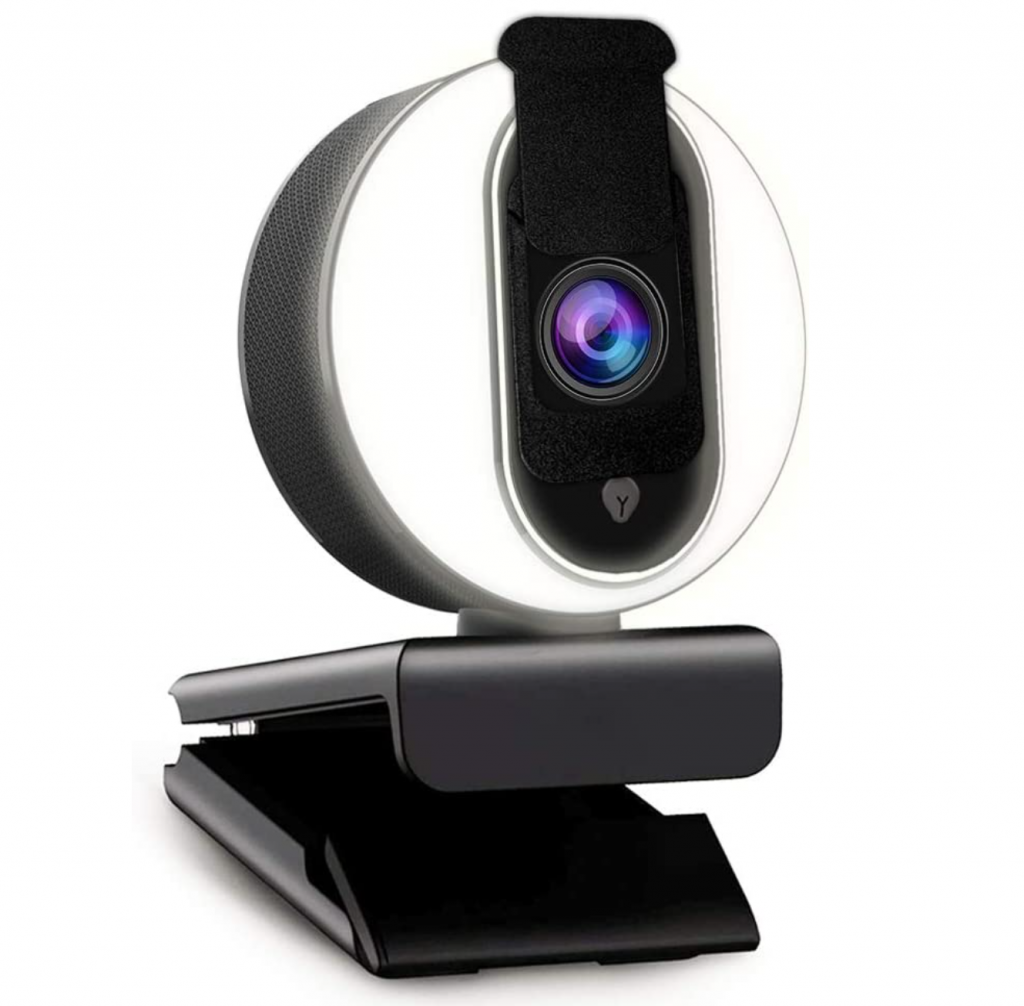
If your job requires you to regularly dial into video conferences or meetings, investing in a high-definition web camera is a must. This way, you’ll be able to ace your video meetings with minimal disruption.
So, the essential factor to look for in a web camera is crisp, clear image quality. The camera should also have auto-focus, allowing you to stay in the frame even when moving around during the video call. Next, make sure you can mount the camera on your chosen device. A camera with flexible mount options can be an excellent choice as it allows you to transfer it and use it on different devices.
Other web camera features mostly boil down to your preferences. For instance, if you’re joining a meeting from a dimmer area or simply want to look your best, you can buy a webcam surrounded by a light ring.
Optimal LED Lighting
LED lights may be the best solution if your workspace requires more lighting than a webcam can give you.
A well-devised LED lighting plan can go a long way toward making your home office more comfortable and efficient.
Firstly, you won’t have to rely on sunlight or overhead lighting to ensure excellent image quality during video calls. Next, these lights can keep you alert, thus increasing your concentration and productivity. And finally, LED technology generally reduces electricity bills, which can be beneficial considering the number of devices in your home office.
A Dedicated Microphone
A high-quality webcam setup wouldn’t be complete without a top-of-the-line microphone. This piece of technology can significantly improve the quality of your virtual calls.
Standard laptop and computer microphones usually pick up all the surrounding noise, including reverb and echo. As a result, your colleagues and clients might not hear you clearly, resulting in ineffective communication during the meeting.
A high-quality external microphone is designed to be highly directional, meaning it will only pick up your voice. Moreover, you can place this microphone closer to your mouth, eliminating the need to speak loudly and strain your voice.
USB microphones are an excellent choice as they are easy to set up, allowing you to join a meeting quickly. They are compatible with most video conferencing apps and will surely make your voice heard during the meetings.
High-Quality Desktop Speakers
As much as you need to make sure you’re heard during virtual meetings, it’s also important to be able to hear others equally as well.
External speakers significantly enhance the sound experience offered by traditional built-in speakers.
Apart from allowing you a clear audio output during video calls, you can also use them to play music and minimize outside distractions.
Best of all, you can find some inexpensive yet powerful options, making the speakers a relatively affordable upgrade.
Helpful Smart Speakers
Our homes are getting smarter by the day, so why not offer the same treatment to our home offices?

Consider buying smart speakers if you’d like to elevate your work-from-home setup. These digital assistants can help you control other devices, quickly make phone calls, and set important reminders without stepping away from your desk. The most popular choices are Amazon Echo and Google Nest.
A Multi-Functional Printer and Scanner
While most of the workflow today is digital, there’s always a need to print or scan something. For that reason, it would be prudent to have a home printer at the ready.
Multi-functional printers are the most space-efficient and affordable option. You only need one device to print, copy, scan, or even fax documents.
If you’re committed to a clutter-free workspace, look for a wireless printer. Luckily, an excellent range of devices is available, which won’t take too much space and will produce high-quality photos and documents.
You can connect the printer to your computer or mobile device and quickly print whatever documents you receive.
A Trustworthy Surge Protector and Power Strip
If you plan to upgrade your work-from-home setup and invest in higher-end equipment, don’t forget to buy a surge protector.
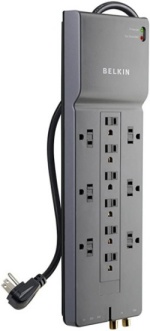
This handy device has a pretty self-explanatory name; it protects your electronics from power surges.
A power surge is a significant increase in voltage that can cause major damage to your devices. Even if a single instance of increased voltage doesn’t immediately damage a device, it can wear it down over time.
When using a surge protector power strip, you can plug in multiple devices. This handy addition makes room for all your devices while simultaneously protecting them from breaking down.
A Multi-Port Hub
Modern laptops save space and look good but will typically lack ports for all your connectivity needs. Luckily, there is a simple solution to this problem.
A multi-port hub can expand the number of available ports, allowing you to quickly plug in all your gadgets. What’s more, these hubs offer a wide range of ports, turning your laptop into a full-blown workstation.
Depending on your needs, select a hub that offers some of the following ports:
- HDMI ports
- USB ports
- USB-C PD ports
- Headphone jack
- SD card reader
- Display outputs
- Ethernet connection

Basically, you’ll be able to connect your computer to multiple accessories at once using a single cable. This way, you don’t have to check if your accessories use newer or more traditional ports.
Smaller hubs typically don’t supply power, meaning the gadgets you plug in won’t be charging. If the charging is important to you, choose larger docks. You can use these to connect to many peripherals at once. However, note that these features usually make the docks more expensive.
A Handy Portable Drive
Suppose you’re using your personal computer when working from home. In that case, you might not have access to your office Cloud used to store confidential data. You should store the office data in an external drive to keep it secure.

These handy drives are reliable for long-term storage and can be connected to any of your devices. Thanks to this, they also provide an easy solution for sharing files between your office and home computers.
For that reason, capacity is crucial when choosing your perfect drive, but if you’re constantly going back and forth between your office and home, the drive’s physical size is also a deciding factor.
When it comes to the type of the external drive, you can choose between hard drives and solid-state drives (SSD).
SSDs provide faster access to your data than traditional hard drives. They also contain no moving parts, so they’re likely to keep your data safe if you drop your bag on the way to the office.
However, they are also more expensive and offer less capacity. While you can easily find a hard drive with multiple-terabyte capacity, SSD pricing concerns typically limit the capacity to under a terabyte.
So, the choice between these two types of drives depends on your priorities. If security is of utmost importance, you’ll be better off with an SSD. However, if you’re just looking for a simple and affordable way to transfer a multitude of files, a hard drive will have your back.











